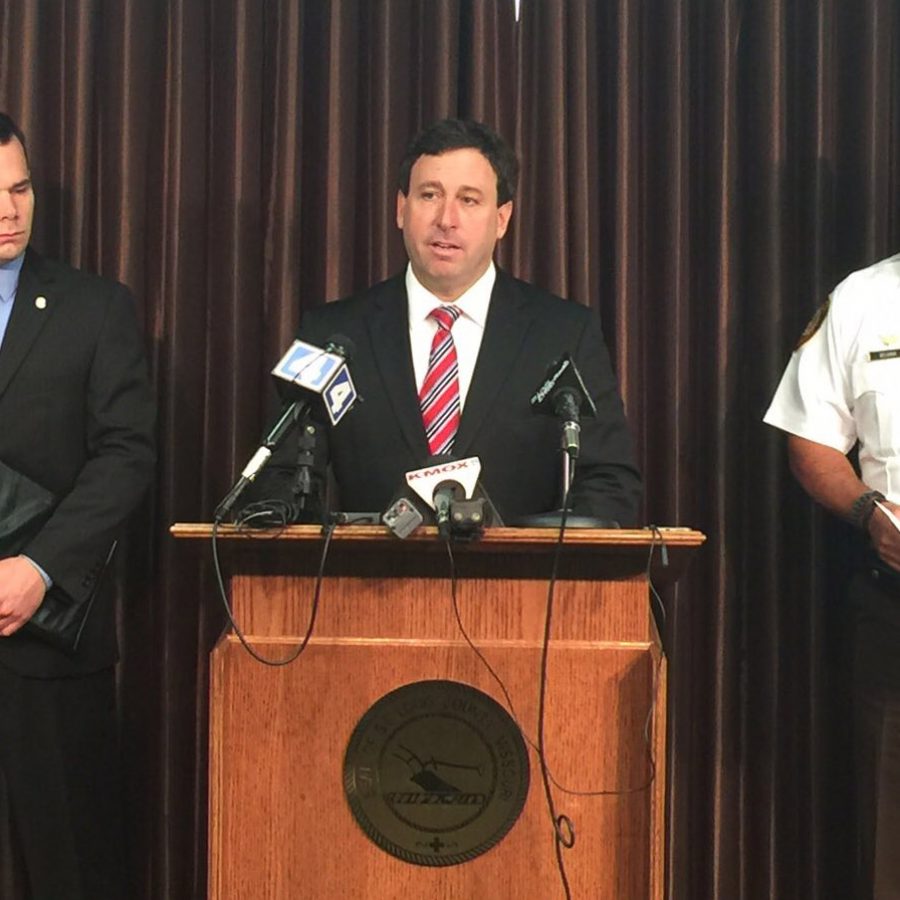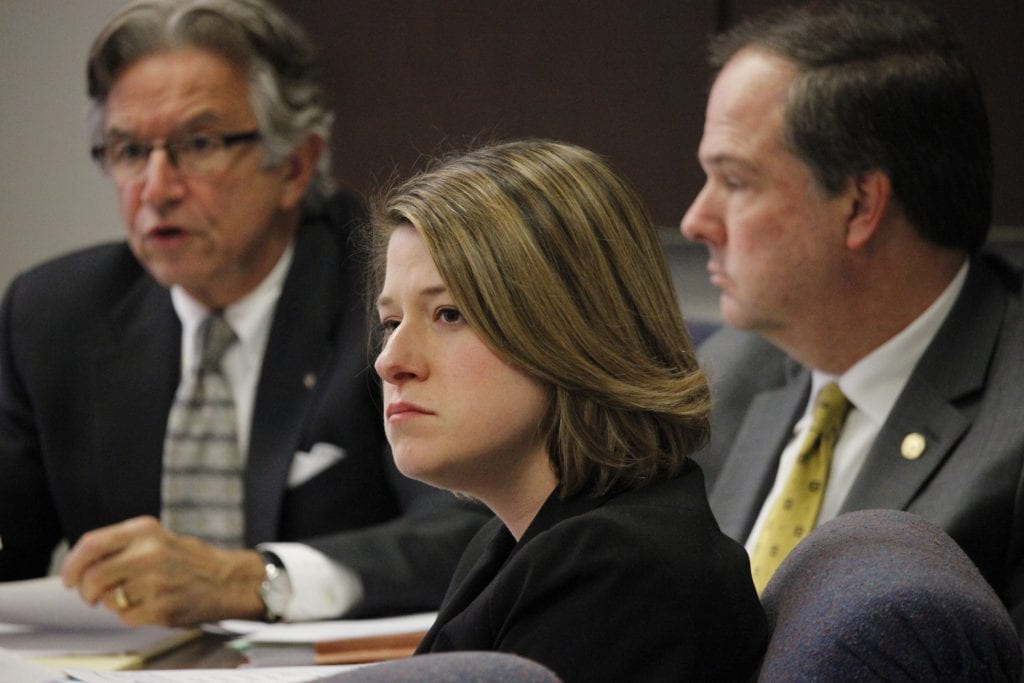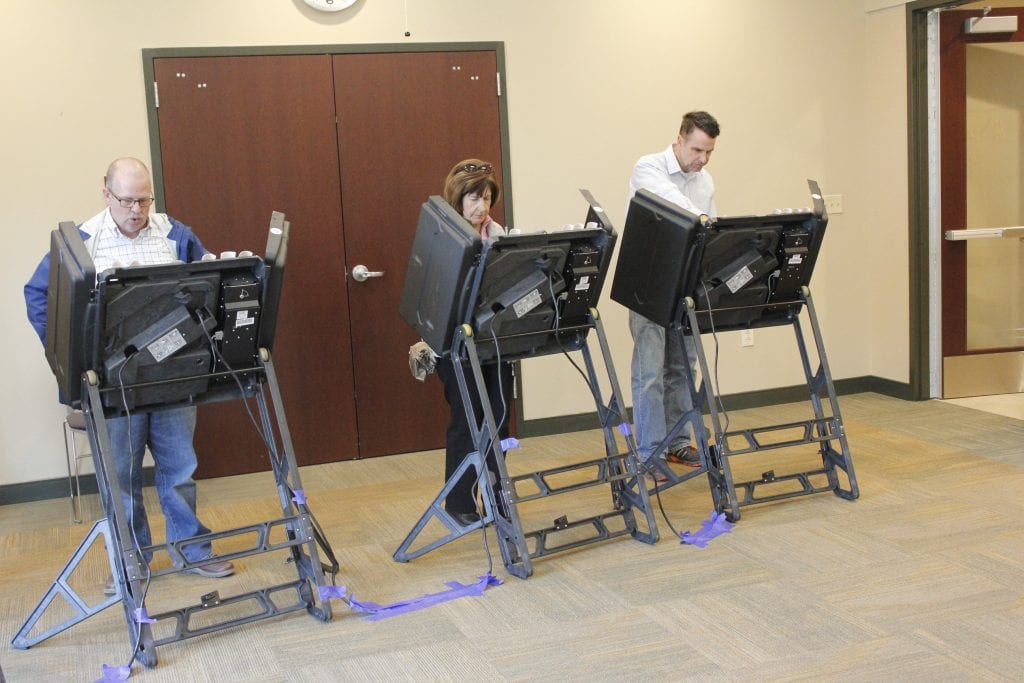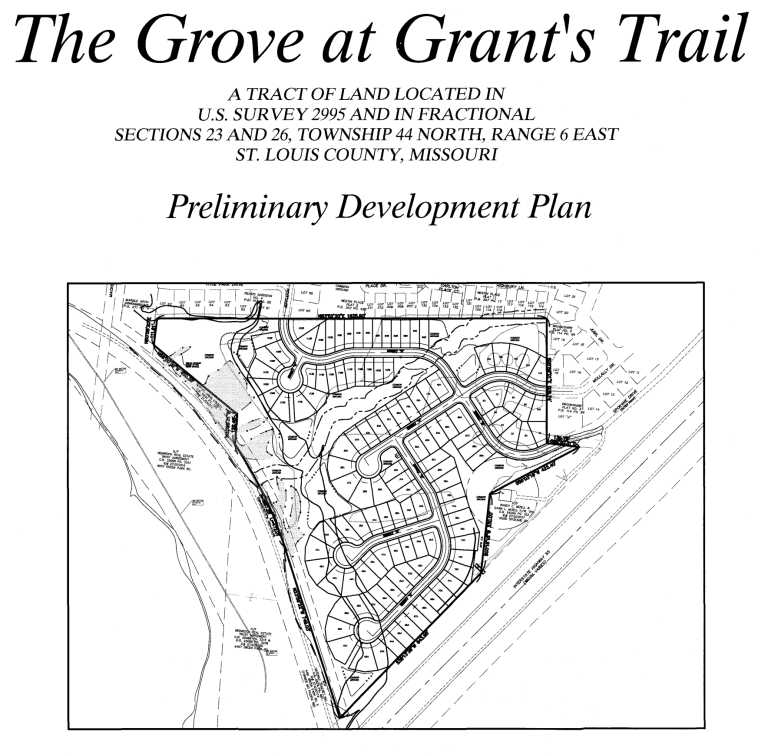By Gloria Lloyd
Staff Reporter
news3@callnewspapers.com
The County Council is looking to bring more transparency and accountability to its half of the $86 million in Proposition P money slated to be collected each year.
Approved by voters in April, Prop P is a half-cent countywide sales tax that was effective Oct. 1 for “police and public safety.”
County Executive Steve Stenger planned to hold a signing ceremony this week for an accountability measure the council approved last week.
The measure would pool Prop P funds in a separate fund, create a Prop P transparency portal on the county website and call for budget hearings on Prop P spending so that the public can track the money.
The council approved the bill 5-0 with 1st District Councilwoman Hazel Erby, D-University City, and 4th District Councilwoman Rochelle Walton Gray, D-Black Jack, abstaining.
The legislation, sponsored by 7th District Councilman Mark Harder, R-Ballwin, is an attempt to address public criticism that the language of Prop P is so broad that the county and all its cities — which will split the $86 million it is projected to collect every year — could spend the money intended for police on potholes or lifeguards instead.
The county included the “public safety” clause in the ballot language of Prop P so that it could use the money for raises to guards at the Justice Center along with the St. Louis County Police Department, where some officers may see 30-percent raises next year.
But Chesterfield Mayor Bob Nation said he might use the money to fix potholes.
Locally, Sunset Hills has promised to increase police salaries and will track the money in a separate fund. Green Park contracts with county police and is considering funding a second officer and purchasing additional law enforcement equipment.
Cities will not see any money until Dec. 1 at the earliest.
Until then, Harder said he wants the county to serve as a role model on transparency and accountability for cities that may want to spend money differently than voters intended. Both revenue and expenses into the Prop P fund will be tracked.
Council Chairman Sam Page, D-Creve Coeur, said he saw addressing Prop P as one of the council’s top priorities because “there’s a lot of anxiety in St. Louis County on how this money’s going to be spent.”
The first step was a resolution passed in August that affirmed the council’s intent of Prop P to be used for police and asked cities to be transparent when spending funds.
With the council’s latest move, Harder hopes cities will imitate the county’s process for allocating Prop P funds.
“This money — our portion of it, which is about $45 million — will be spent wisely and hopefully in a transparent way that everybody will assume, not just the county,” Harder said.
At the Sept. 7 hearing on the bill, 6th District Councilman Ernie Trakas, R-Oakville, called the bill “misleading at best” and sided with Erby and Gray in declining to vote to advance it to the full council.
But he voted for the bill at the council.
“It dragged on for quite some time while people wanted to propose changes, but no one had, and I felt it was important at least to get something out there,” Trakas said. “And it can always be modified. I would have preferred something that was definitionally a bit stronger, but I felt that it was time to move it along.”
But Erby and Gray still believed the bill didn’t go far enough to gain their support.
“I just think it should be more specific — it’s too vague, it’s too broad, it’s too a lot of things,” Erby said. “I think we need to be specific about Prop P before we actually vote on the legislation to do it properly.”
The councilwoman also fears that the council won’t have any say on the Prop P budget, which county police Chief Jon Belmar already outlined in promises to voters but still has to submit for council approval.
“I want to have input in the budget, and I’m afraid that if we approve this that we’re locking ourselves out of a say in how Prop P is spent,” Erby said. “I think it’ll be taken as us approving whatever they do.”
But the bill calls for extra budget hearings on Prop P spending that will do exactly what Erby is asking for, Harder said. Belmar will have to come to council committees, Prop P budget in hand, to explain why he wants the money.
“And we’ll be able to question him on that and decide is this the right use of this money?” Harder said. “It forces the department heads, in this case the police, to come to us and say, ‘This is what we want to use this money for.’”
The police portal will be added to the existing transparency portal on the county’s website, started by Stenger when he took office in 2015. The Prop P portal is a “fantastic” idea to see how money is spent in real time, the county executive said last week.
Belmar said of the legislation, “You had me at hello — review, scrutiny and transparency, amen … I’m looking forward to presenting a comprehensive plan.”
But one aspect of the council bill initially received opposition from county officials.
Budget Director Paul Kreidler opposed pooling Prop P funds in a separate fund, as pushed for by Harder and Trakas. He called it a bureaucratic nightmare that would require the hiring of two additional payroll accountants and two more payroll clerks at a time when “we really have difficulty funding our current operations. I don’t see the benefit.”
Since much of Prop P will go to police officers’ salaries, county accountants could have difficulty paying police out of separate funds, he said. Already, police are paid out of the casino, cigarette and general funds.
Other dedicated taxes like the Arch sales tax for parks are easier to track separately since they only go to one purpose, he noted.
“It doesn’t make sense to set up a completely separate fund for the same services,” Kreidler said. “We don’t have a reasonable way to split-fund a person’s paycheck.”
The county also saves money by pooling as much money as it can in the general fund. The county borrows money every year to fund operations until property tax revenues come in after December, including $40 million this year that will cost the county $300,000 in interest.
As a stable monthly cash flow, Prop P could be kept as a balance in the general fund, allowing the county to reduce the money it borrows annually and saving money on interest, Kreidler noted.
“How are we going to know where the funds went?” Trakas asked. “I’m concerned that once the funds are folded into general revenue, the trail goes cold and it’s harder to discern where it’s going.”


























